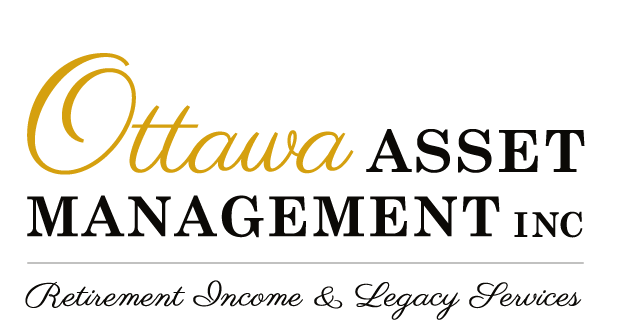Government clawbacks can potentially be applied to even modest income levels and can be an emotional matter. They can reduce both income benefits/supplements and otherwise claimable tax credits. The term used rather than ‘clawback’ by Service Canada is ‘Recovery Tax’.
Most are familiar with the concept of a marginal tax rate (MTR). There is an equally important term to understand once clawbacks come into play. This is the marginal effective tax rate (METR). This is the MTR plus the lost income benefits and tax credits. Clawbacks can be applied to the OAS (Old Age Security), the GIS (Guaranteed Income Supplement), the Age 65 Tax Credit, and the GST credit.
It is important to structure income such that the MTR is minimized. For example, Dividend investments (which are among the most highly recommended by most financial institutions) are not efficient income in regards to clawbacks because the dividend ‘top up’ is applied to the net income, which increases the MTR. An example of the most efficient income is income that includes ‘return of capital’ because the return of capital portion is non-taxable and is thus excluded from the MTR calculation.
Efficient income structuring is important for many reasons, one important consideration being the avoidance of ‘Recovery Tax’ or clawbacks of government benefits.

